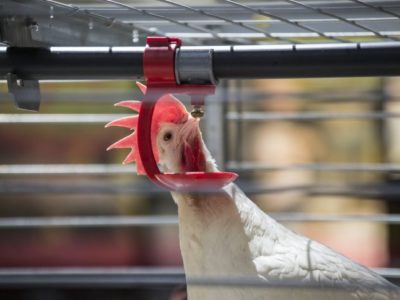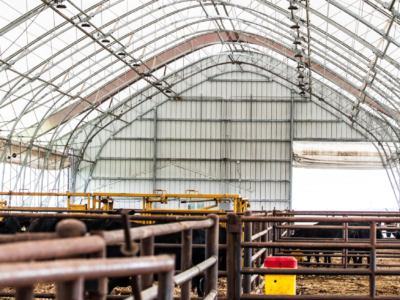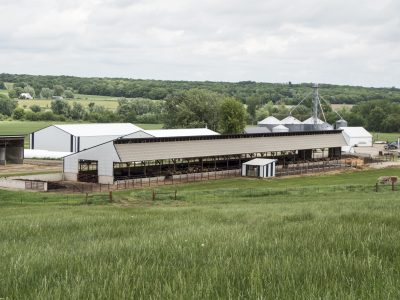Siting Considerations
While Iowans strongly support farmers and give them high marks for trustworthiness and importance, they do have questions related to specific farming practices. These may include such topics as odor, water quality, property values, use of roads and bridges and proximity of other farms. These factors make proper siting of a new livestock barn critical.
The Coalition to Support Iowa’s Farmers can assist you with a site analysis. A thorough analysis takes into account the location of neighbors, public use areas like parks and lakes, topography and prevailing wind directions. When considering potential building sites, be mindful that Iowa’s prevailing winds, especially during spring and summer, blow from the southeast to northwest. Potential livestock odor can be managed with proper siting and various other solutions. When considering various forms of odor control, ask these questions:
- Where is the odor primarily coming from?
- Is the system affordable?
- Does it provide the best results for the money?
- What can I realistically expect it to accomplish?
- Can I manage this system effectively on my farm?
The most effective odor control will always be a combination of techniques designed to fit each specific farm. Many resources are available via the links below to help you choose the optimum location for your livestock farm as well as information on odor mitigation.
Iowa State University Extension
Pork Information Gateway
In addition, the Green Farmstead Partner Program, sponsored by the Coalition to Support Iowa’s Farmers with the help of the Iowa Nursery and Landscape Association, helps livestock farmers improve water and air quality, reduce odor, improve aesthetics and enhance neighbor and community relations.
Related Resources

Rules + Regulations
Larger livestock farms are more regulated than smaller livestock farms, but all livestock producers must adhere to regulations, including set-back distances and water-protection rules.
Read More
Best Management Practices
Agricultural best management practices help minimize air, soil and water pollution. Plant nutrients, bacteria, sediment and crop chemicals can be mitigated so that pollution of ground and surface water is...
Read More
Livestock Farm Inspection
On September 11, 2013, EPA Region 7 and the Iowa DNR signed a “work plan agreement” that established guidelines for evaluations of livestock and poultry farms. The work plan stems...
Read More